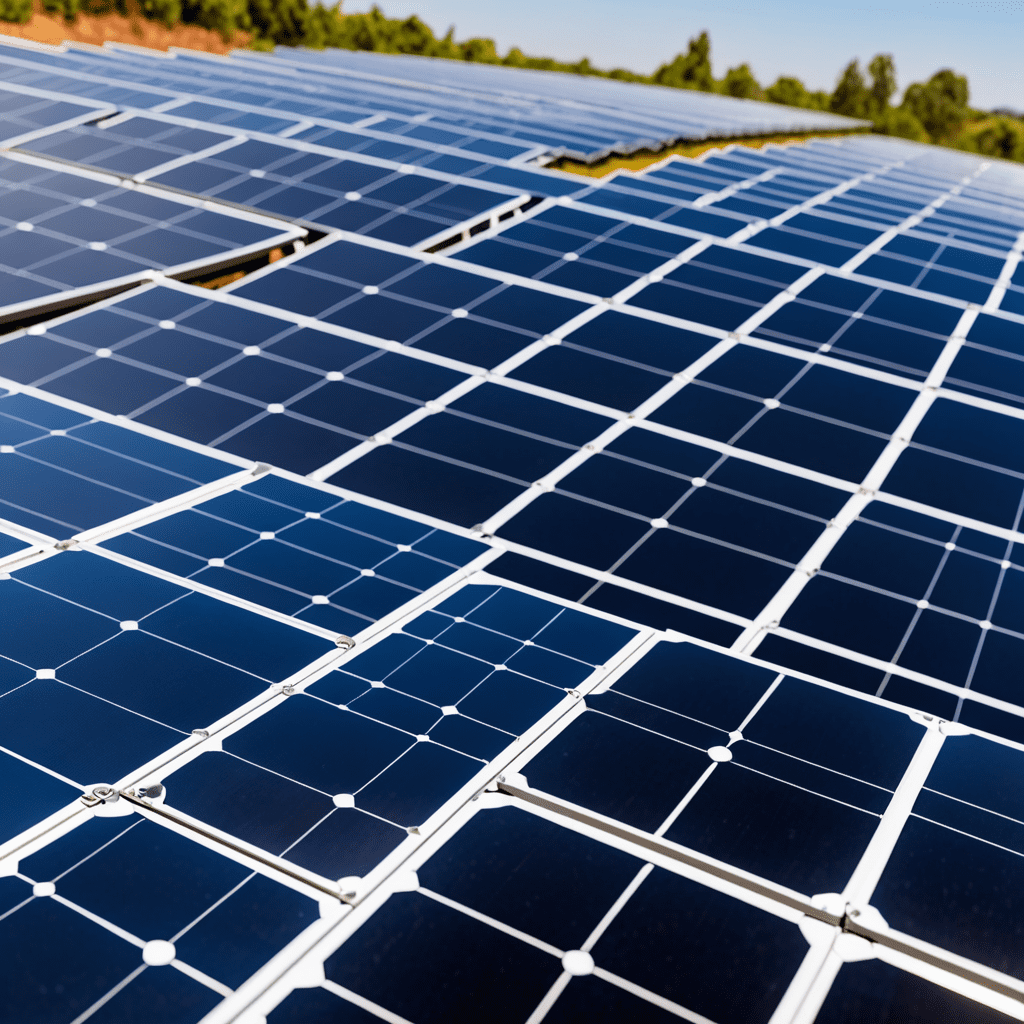
Innovations in Solar Panel Design
Introduction
Solar energy has rapidly become a popular and sustainable source of power in recent years. One key component of harnessing this renewable energy is solar panels. In this blog post, we will explore the latest innovations in solar panel design that are revolutionizing the efficiency and effectiveness of solar power systems.
1. Thin-Film Solar Panels
Traditional solar panels are rigid and heavy, limiting their applications. Thin-film solar panels are changing this narrative. These panels are lightweight, flexible, and can be integrated into various surfaces like curved roofs or portable devices. With advancements in materials and manufacturing techniques, thin-film solar panels are becoming increasingly cost-effective and efficient.
2. Bifacial Solar Panels
Bifacial solar panels are designed to capture sunlight on both sides, increasing energy production. By utilizing reflective surfaces on the rear side, these panels can generate electricity from direct sunlight as well as reflected light from the ground or nearby surfaces. This innovation significantly enhances the overall efficiency of solar power systems.
3. Solar Roof Tiles
Solar roof tiles blend seamlessly with traditional roofing materials, offering a more aesthetically pleasing alternative to bulky solar panels. These tiles are durable, weather-resistant, and designed to harness solar energy without compromising the overall look of a building. Solar roof tiles are a great solution for homeowners looking to integrate solar power in a subtle way.
4. Transparent Solar Panels
Transparent solar panels allow sunlight to pass through while capturing solar energy. These panels can be incorporated into windows, skylights, or even electronic devices, turning everyday surfaces into power-generating assets. The development of transparent solar panels opens up new possibilities for integrating solar energy harvesting into various applications.
5. Solar Tracking Systems
Solar tracking systems improve energy production by orienting solar panels to follow the sun’s path throughout the day. These systems maximize exposure to sunlight, increasing efficiency and output. Whether using single-axis or dual-axis tracking, this innovation ensures that solar panels operate at peak performance levels.
6. Quantum Dot Solar Cells
Quantum dot solar cells utilize nanotechnology to enhance light absorption and energy conversion. These cells can be tuned to absorb specific wavelengths of light, maximizing efficiency even in low-light conditions. With ongoing research and development in quantum dot technology, these solar cells show great promise for increasing overall energy conversion rates.
7. Floating Solar Farms
Floating solar farms are an innovative solution to utilize untapped spaces like reservoirs or ponds for solar energy generation. By installing solar panels on floating platforms, these farms not only generate clean energy but also reduce water evaporation and algae growth. Floating solar farms offer a sustainable way to meet energy demands while utilizing underutilized water surfaces.
Conclusion
Innovations in solar panel design are driving the adoption of solar energy across various industries and applications. From flexible thin-film panels to transparent solar cells, these advancements are reshaping the future of renewable energy. By incorporating these cutting-edge technologies, we can move towards a more sustainable and efficient energy landscape powered by the sun.
Frequently Asked Questions about Innovations in Solar Panel Design
What are the latest innovations in solar panel design?
Innovations in solar panel design include bifacial solar panels that can capture sunlight from both sides, transparent solar panels for integration into windows and facades, and solar shingles that mimic the appearance of traditional roofing materials.
How do bifacial solar panels work?
Bifacial solar panels have a transparent backsheet that allows light to pass through and be reflected onto the rear side of the panels. This design enables these panels to generate electricity from sunlight that hits both the front and back surfaces.
What are the benefits of transparent solar panels?
Transparent solar panels enable buildings to generate electricity without compromising aesthetics or obstructing views. They can be integrated into windows, skylights, and building facades, offering a dual function of capturing sunlight and providing natural lighting.
Why are solar shingles considered innovative?
Solar shingles are innovative because they blend in seamlessly with traditional roof designs, offering a more aesthetically pleasing option for homeowners who want to generate solar power without the look of traditional solar panels. They are a discreet and effective way to harness solar energy.


